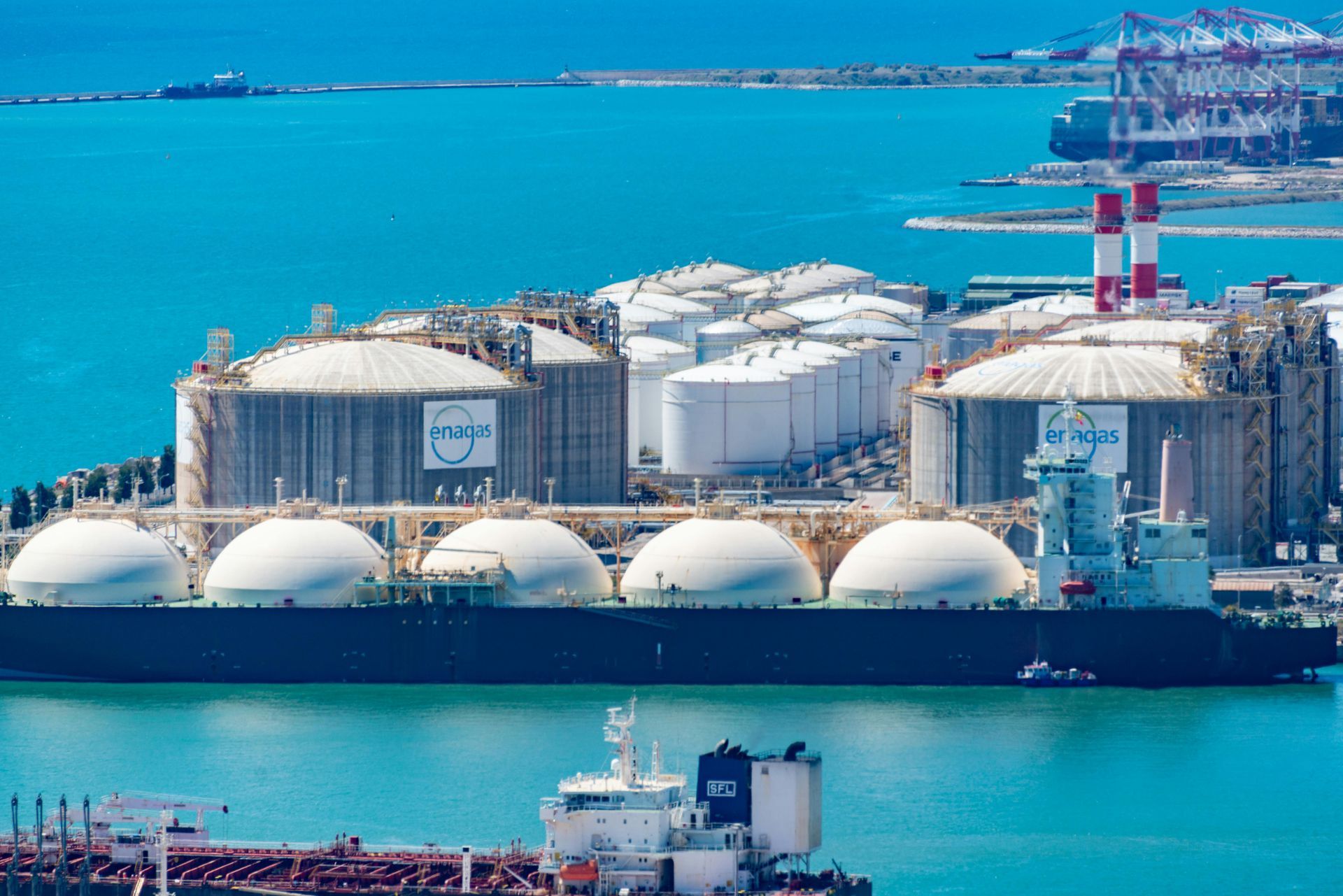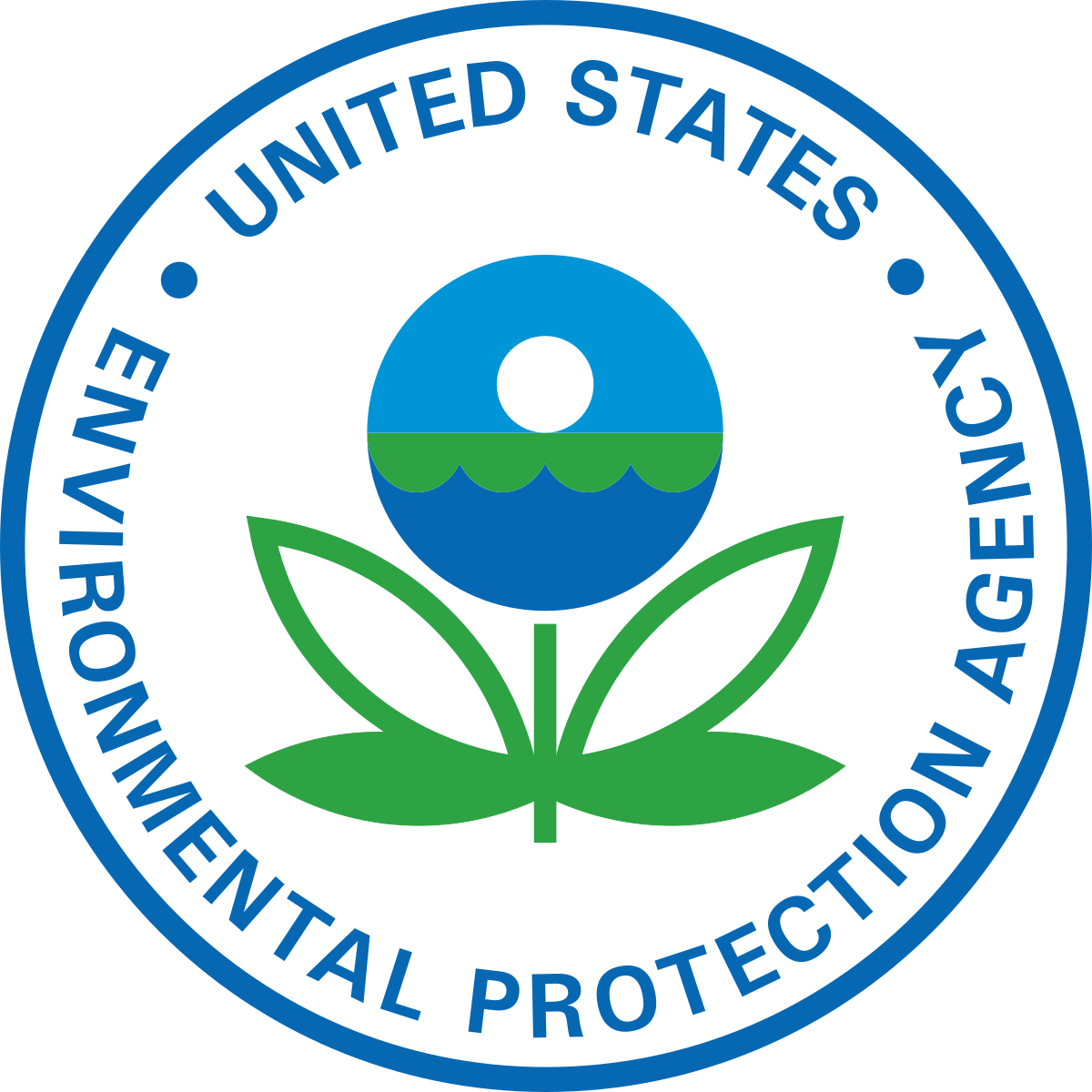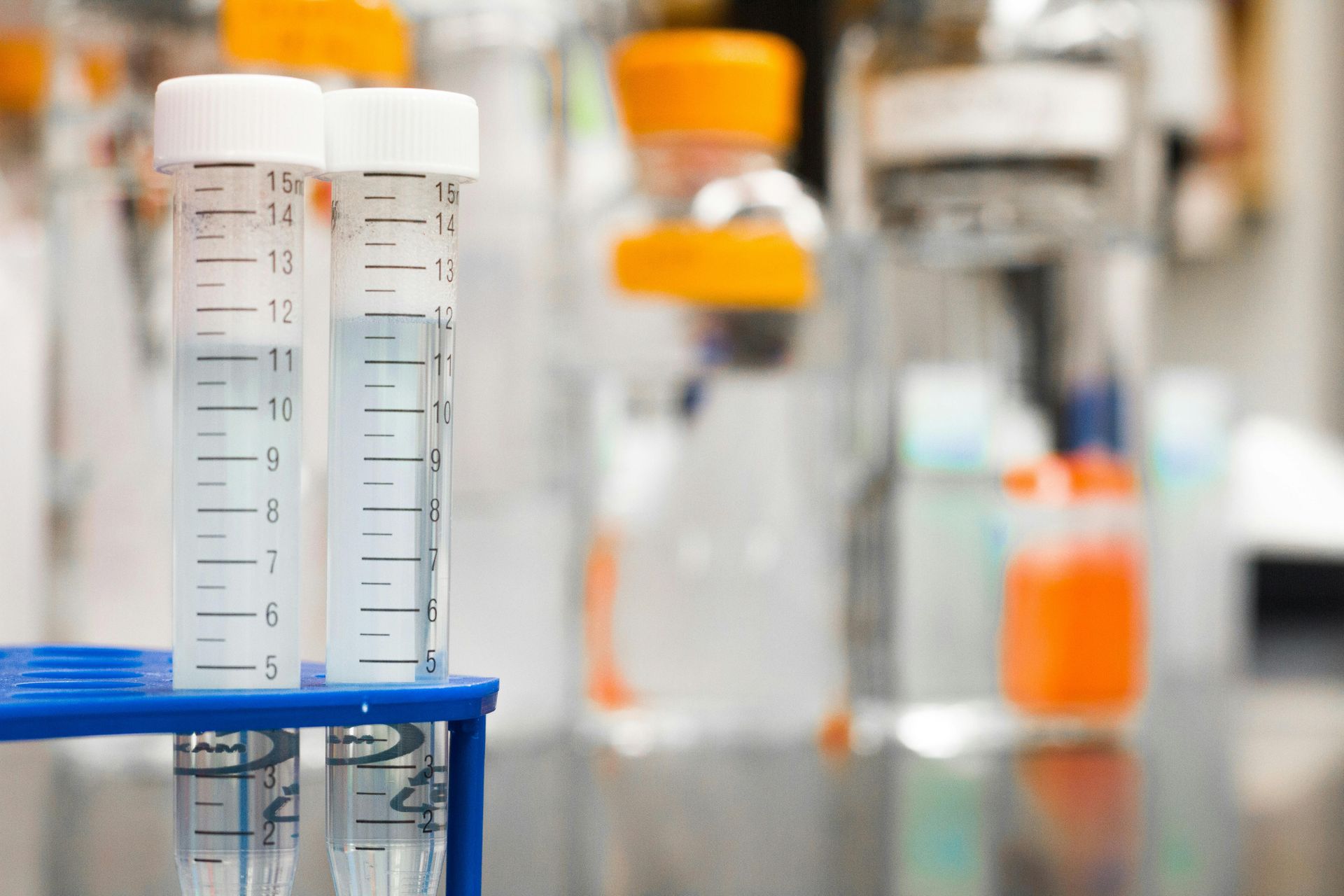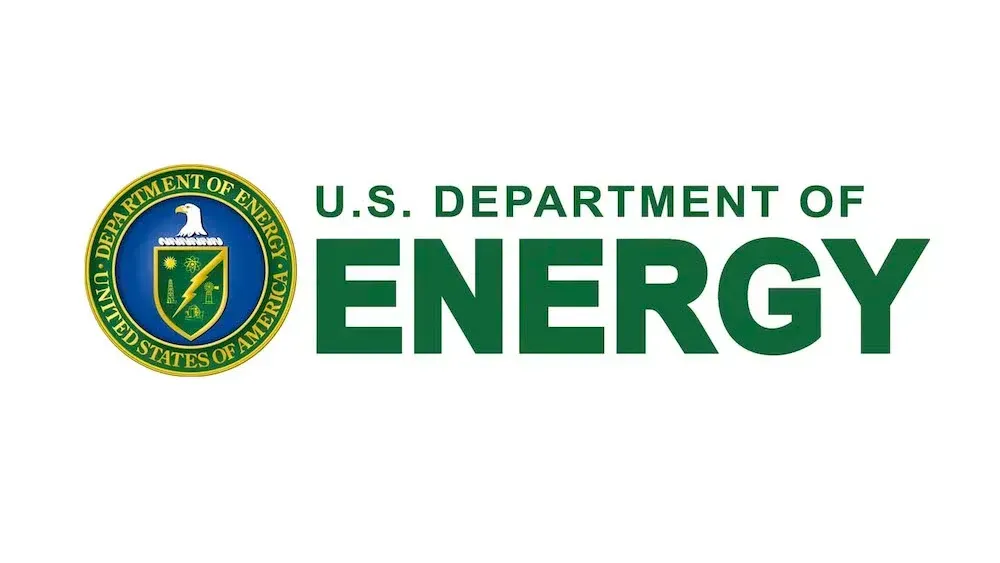Testing Starts on First Higher Enriched Fuel in U.S. Commercial Reactor
Southern Nuclear recently loaded a new higher enriched nuclear fuel into a commercial reactor for irradiation testing.
This is the first time fuel enriched above 5 percent will be irradiated in a U.S. commercial reactor.
The higher enrichment levels allow the fuel to last longer and operate at increased power levels — potentially leading to additional reliable power production at nuclear power plants across the country.
The advanced fuel was developed through the U.S. Department of Energy (DOE) Accident Tolerant Fuel Program to help improve fuel cycle safety and lower operational costs.
Preparing for Testing
Southern Nuclear recently loaded four lead test assemblies containing Westinghouse Electric Company's ADOPT® fuel pellets into the Vogtle Unit 2 reactor in Waynesboro, GA.
The new fuel is enriched up to 6 weight percent of uranium-235 – the main fissile isotope that produces energy during a chain reaction and could be a game-changer for the industry.
Commercial reactors currently operate on fuel that typically ranges between 3 and 5 percent enrichment.
The higher enriched fuel could help extend operation cycles from 18 to 24 months, allow for higher power output, and lead to less waste generated over the life of the reactor. The pellets, which also include additives expected to enhance safety performance, were derived from higher enriched uranium oxide powder that was first prepared by Idaho National Laboratory.
The powder was further processed into fuel pellets and fabricated into pins at before they were shipped to Vogtle Unit 2 for commercial testing.
“This achievement is a significant step forward for not only the resiliency of the entire U.S. operating fleet, but future nuclear technologies,” said Pete Sena, Southern Nuclear Chairman, President and CEO. “Our goal is to operate our units for longer periods with higher output, and with higher enriched fuel, we’re even better positioned to meet the growing energy demands of the state of Georgia.”
What’s Next
The lead test assemblies will undergo testing for the next four and a half years at Plant Vogtle.
The fuel will be examined after each fuel cycle with a more extensive review after the fuel completes testing to support future commercialization and deployment in the United States.










